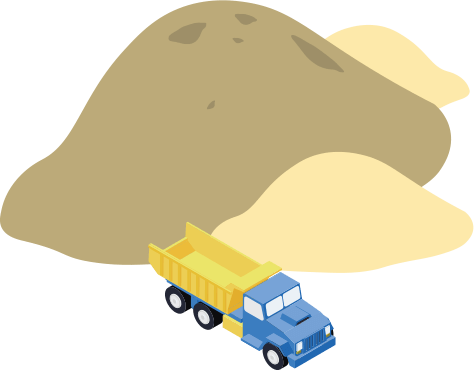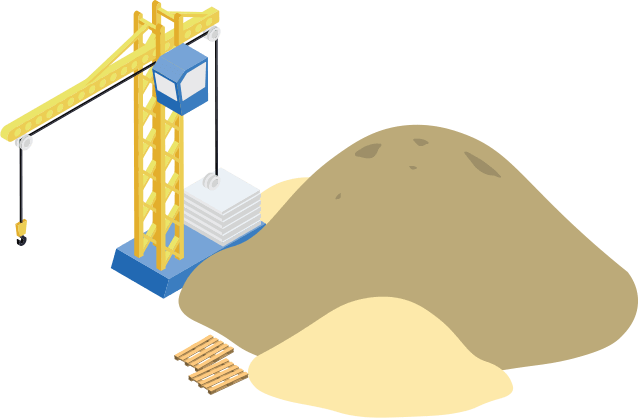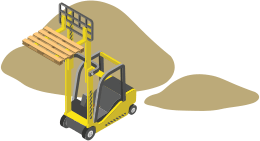WHERE ARE YOUR CUSTOMERS?
It starts with the simple question: “where are your customers?”
It certainly doesn’t end there. But we’ll get to that.
Right now I’m just talking about where in the world are your likely customers to be found?
Obviously, a dry cleaner in Baton Rouge is not getting customers from Sacramento.
This can require a bit of thought and it can take some research to nail it down.
LOCAL businesses by their nature have a customer base located physically close to the business.
This simple fact has fueled, over the last five years, a 900% increase in searches containing the phrase
“near me.”
BUT if you are a dry cleaner, your prospect may live near your store, but they also may work nearby.
HOW NEAR IS NEAR ME?
And then there’s the question, “how near is near me?” That varies by industry. People will travel farther to a specialty shop than to a dry cleaner.
It also varies in different geographical areas. In the vast open spaces of rural western America, someone may have to travel 100 miles for a dry cleaner. Or Italian food.
You can waste a lot of money advertising to distances where the response rate is poor. Or you can miss by narrowing to too close a distance.
How do you know?
The best answer is to survey. If you’ve been in business for a while, you can look at the zip codes of your
actual customers for a very reliable answer. We’ve done this for example, with dentists to sometimes
surprising results.
DREAMING
Sometimes a business owner dreams of reaching much farther for customers. People think, if I could sell
to an area 10 times as large, I can increase my sales 10 times.
When looking to expand your service area, there are two big considerations you have to take into
account. First is how realistic is it that people will purchase your goods and services from a much
greater distance than your typical customers currently do.
For many types of businesses, the answer is obvious – as in the dry cleaner. People just aren’t going to
go out of their way. Not by much, anyway.
But also, in many businesses where, strictly speaking, distance shouldn’t be that big a consideration, it
often is. We hear this regularly in our own business. People usually want someone local doing their
website. This is often expressed very directly. If there’s a problem, they want to be able to come to our
office to deal with it.
So how far is too far? There’s no sure-fire answer to that question. We know from experience with a
very wide variety of clients, that distance varies from one industry to another and from one location to
another. Additionally, it isn’t an all-or-nothing thing. There will be a gradual drop-off as the distance gets
greater and greater. It’s an individual calculation to determine how far it is worthwhile to market your
goods and services. The calculation should be based on the “marginal return on investment.” As long as
income from adding that additional distance to your marketing circumference, doesn’t cost more in
total – expense of marketing plus expense of delivery – it is worth doing.
REACHING THEM
You still have to find a way to reach these prospective customers, and this is where it gets interesting.
Because, these days, that is itself very dependent on distance.
If we just look at the three primary ways of getting visibility online, they each have their place. That is,
organic search, paid search (Google Ads), and Google My Business (Google Maps).
GOOGLE MY BUSINESS
Google My Business – the map listings you see very often when searching – are the modern-day version
of the Yellow Pages. If you are searching for a specific company, location comes much less into play. If
there is only one “Joe’s Barber Shop and Storm Door Company” in the United States, it doesn’t matter
where you are searching from. They’ll show up.
But if you are looking for a dry cleaner, or a roofing contractor, or a website developer, GMB is going to
be highly selective based on how far the searcher is from the business location.
Google isn’t perfect at distinguishing location, but it is pretty good.
GMB can be optimized, just like organic search, so you are more likely to show up at a greater distance,
but it is still by definition “hyper-local.” So think of this like the innermost circle of a series of rings.
ORGANIC SEARCH
The next ring out is organic search. Actually, think of this like a disk, not a donut. Close in, you’ll show up
both on GMB and organically. But where GMB fades out, you’re likely to still be going strong on organic.
It can be a lot of work, and a long-term project to really get your organic rankings rocking and rolling,
but it is very worth it in terms of lead generation over a long term. Rankings are often hard to get, but
not hard to retain once earned.
PAID ADS
The disadvantage of paid ads is you pay every time someone clicks through to your website. Today,
tomorrow or 10 years from now.
But often there is no substitute for them. If you have a workable market too far to reach by organic
search, Google Ads can fill that hole, and very profitably. BUT your campaigns need to be set up and run
very well, and you need to make sure they aren’t costing more than they are worth.
SO WHAT’S THE ANSWER
The answer of course is to understand the place for each of these. To understand your market. To test
and refine. And over time to find the best mix of marketing methods to maximize your profitability at
ALL distances.








